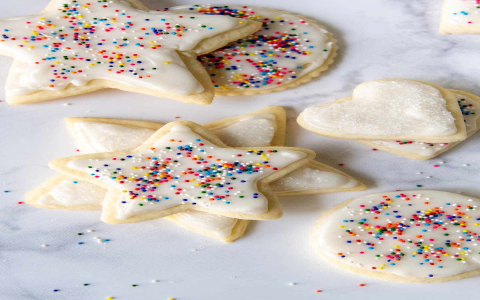Okay, so I’ve been messing around with different flours lately, and today, it’s all about low-gluten flour. I wanted to see what it’s like to bake with it and how it changes things up in the kitchen.
Getting Started
First, I grabbed a bag of low-gluten flour from the store. It felt a bit different than regular flour—a little finer, maybe? I read the label, and it said something about having less protein, which apparently affects the gluten development. Gluten is what makes bread chewy, so I was curious to see what would happen with less of it.

Mixing It Up
I decided to make some simple biscuits. I followed a basic recipe but swapped in the low-gluten flour for the all-purpose flour. When I started mixing, the dough felt softer and less elastic than usual. It was kind of sticky, too. I had to be careful not to overmix because I didn’t want to develop too much gluten and end up with tough biscuits.
- Added the flour to the bowl.
- Cut in the butter—it seemed to blend in quicker than with regular flour.
- Poured in the milk and gently mixed.
Baking Time
I shaped the dough into rounds and placed them on a baking sheet. Into the oven they went! I kept a close eye on them while they baked. They didn’t rise as much as I’m used to, but they still looked pretty good.
The Result
After pulling them out and letting them cool a bit, it was time for the taste test. These biscuits were definitely different. They were super tender and had a melt-in-your-mouth quality. Not chewy at all, but in a good way. They were perfect for sopping up gravy or enjoying with some jam.
So, using low-gluten flour was a cool little experiment. It’s not something I’d use for every baking project, but it’s great for when you want a softer, more delicate texture. I’m thinking it would be awesome for cakes or pastries, too. I’ll have to try that next time!













